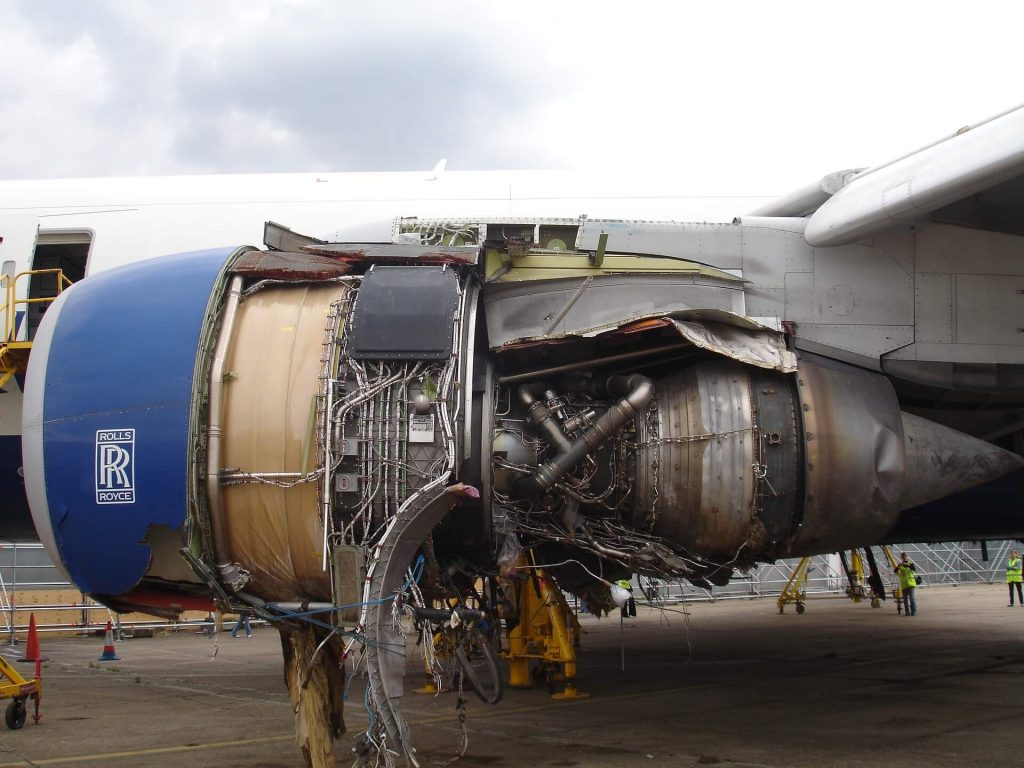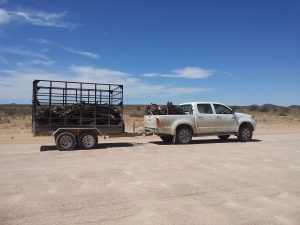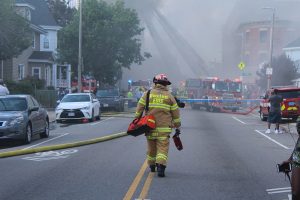With holiday travel just around the corner, we take a look at airline travel and improving your odds of surviving a plane crash.
Plane travel is incredibly safe—your odds of dying on a commercial flight are about one in 11 million—however, accidents still happen. Despite the notion that no one can survive an airline crash and no two airplane accidents are the same, the National Transportation Safety Board estimates there’s a 95% chance of survival if you experience an incident.
To increase your odds of beating a crash, here are 7 tips to remember next time you take off:
1. Before you leave for the airport, make sure you are wearing clothing and shoes you can run in.
Your ability to move quickly can be essential when evacuating from an airplane. Don’t wear high heels as they can puncture evacuation slides and don’t take your shoes off as you do not want to run through fire or jagged debris without foot protection.
2. Bring a car seat for infants and toddlers.
While most airlines in the U.S. still allow parents to carry infants on their lap, it is far safer to buy a separate seat for the infant and use a car seat or other appropriate child restraint. Tests have shown that it is physically impossible for parents to hold onto a child in their lap when subjected to the forces typically encountered in a plane crash.
3. If Possible, Try to Sit in Back of the Plane.
Studies suggest that seats in the rear third of the aircraft are the safest part of the plane with the middle seats in the back third of the aircraft the safest, depending on the incident type. Also, try to restrict flights to larger commercial aircraft as they have a greater number of redundant systems.
4. Listen to Flight Attendants and Read the Safety Card
While it may be boring and old news, it’s still a good idea to listen to the speech attendants give before takeoff. Pay particular attention when they explain where exits are located, how to use flotation vests and oxygen masks (which you definitely need to know how to do quickly). Also note where the safety card is located as it will detail evacuation routes that you need to be aware off. Note the emergency exits and develop an escape plan before takeoff.
5. Be Vigilant and On Guard During Takeoff and Landing
Most plane accidents occur during takeoff or landing. To increase your odds of survival during these times make sure you are alert with your seat belt and shoes on.
6. Know How to Brace for Impact
In the event the flight crew has warned you to brace for impact, remove all sharp objects from your pockets and stuff your carry-on belongings under the seat in front of you. This keeps the area clear for you and other passengers to walk after impact as well as padding the legs and blocking them from going under the seat in front of you. If you have a seat in front of you, cross your hands on the seat in front and rest your forehead on top your hands. This will help reduce whiplash and head injuries. If you don’t have a seat in front of you, bend over as far as possible, grab your legs around your knees, and keep your head down until you feel the plane stop. Place your hands on the back of your head, dominant hand first. Keep your seat belt on tightly.
7. Be Ready to Get Out of the Plane Fast
Get out! Fire and smoke are almost certainly coming during a crash. You only have seconds to escape the cabin before fire burns through the plane’s aluminum fuselage, so get out as fast as you can.
We at Security Specialists Want You and Your Family to Stay Safe When You Fly!











